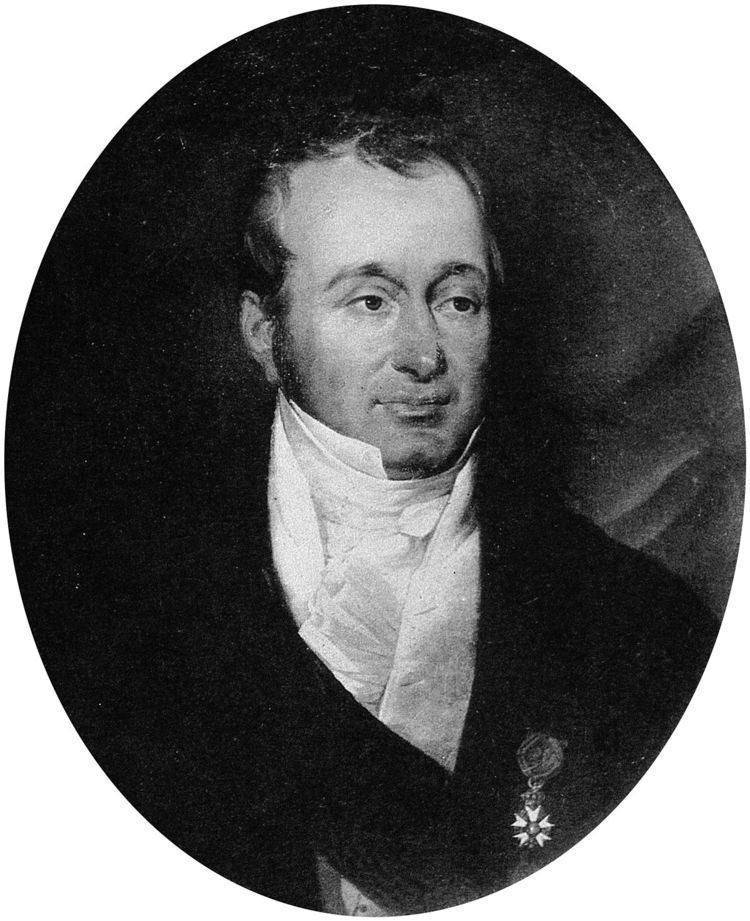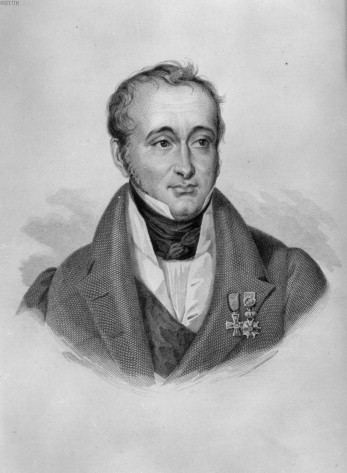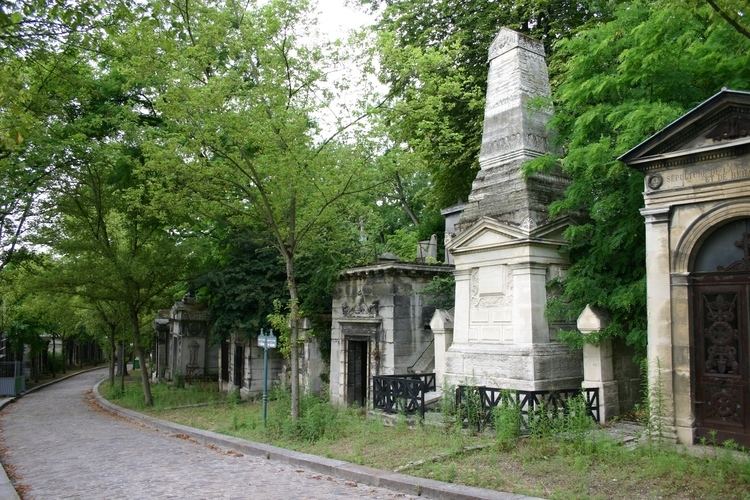Name Guillaume Dupuytren | Role Surgeon | |
 | ||
Died February 8, 1835, Paris, France Similar People Rene Laennec, Marie Francois Xavier Bi, Karl Ferdinand von Graefe, Louis‑Rene Villerme, Claude Henri de Rouvroy | ||
Dupuytren, Guillaume - Medical Definition
Baron Guillaume Dupuytren (French /ɡijom dypɥitʁɛ̃/; common English approximation ) (5 October 1777 – 8 February 1835) was a French anatomist and military surgeon. Although he gained much esteem for treating Napoleon Bonaparte's hemorrhoids, he is best known today for his description of Dupuytren's contracture which is named after him and which he first operated on in 1831 and published in The Lancet in 1834.
Contents

Birth and education

Guillaume Dupuytren was born in the town of Pierre-Buffière in the present-day department of Haute-Vienne.

He studied medicine in Paris at the newly established École de Médecine and was appointed, by competition, prosector when only eighteen years of age. His early studies were directed chiefly to anatomical pathology. In 1803 he was appointed assistant surgeon at the Hôtel-Dieu and in 1811 he became professor of operative surgery in succession to Raphael Bienvenu Sabatier. In 1816 he was appointed to the Read chair of clinical surgery and became head surgeon at general the Hôtel-Dieu. He held this post until his death.
Practice

He visited the Hôtel-Dieu morning and evening, performing at each time several operations, lectured to vast throngs of students, gave advice to his outpatients, and fulfilled the duties consequent upon one of the largest practices of modern times. By his indefatigable activity he amassed a fortune, the bulk of which he bequeathed to his daughter, with the deduction of considerable sums for the endowment of the anatomical chair in the École de Médecine, and the establishment of a benevolent institution for distressed physicians. The most important of Dupuytren's writings is his Treatise on Artificial Anus, in which he applied the principles laid down by John Hunter. In his operations he was remarkable for his skill and dexterity, and for his great readiness of resource.

Dupuytren was one of the first surgeons to successfully drain a brain abscess using trepanation, in which a hole is cut in the skull, and he also used the method to treat seizures. He claimed credit for originally describing melanoma and claimed Laennec stole the idea from his lectures.
He died in Paris, and there with his bequest established the Musée Dupuytren.
He was a brilliant teacher, an astute diagnostician and a gifted surgeon. On the other hand, he was extremely critical of students and colleagues who failed to live up to his exacting professional standards. This, along with his desire to be the best of the best won him numerous critics, not all of them objective. He has been described by such colourful epithets as 'The Brigand of Hôtel-Dieu by Jacques Lisfranc and 'First among surgeons, least among men' by Pierre-François Percy.
